Stephen Colbert lightly rebuts the arguments against banning rifle bump stocks

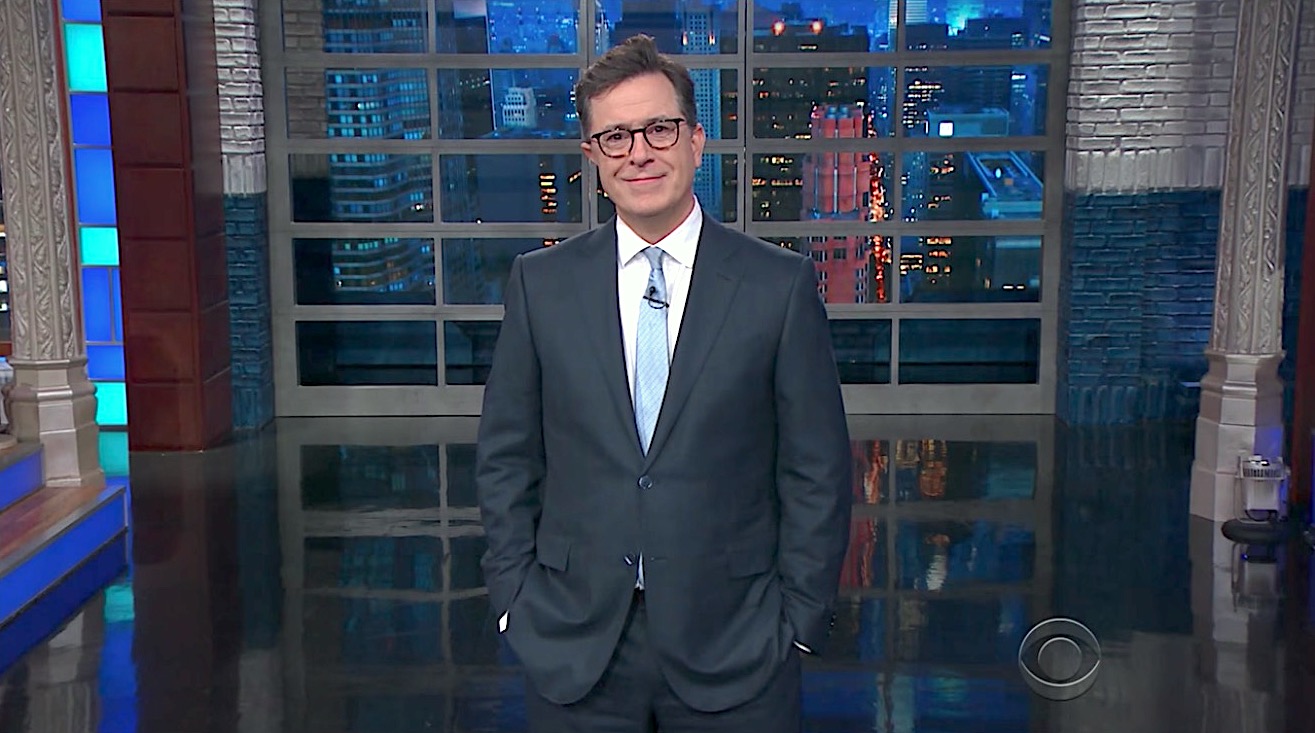
Congress might actually do something about gun control, Stephen Colbert marveled on Thursday's Late Show, pointing to the surprising openness to regulating or banning bump stocks, a suddenly popular modification for semiautomatic weapons, used by the Las Vegas shooter, that allows people to shoot up to 100 rounds in seven seconds. "It's great for hunting — if you've got seven seconds to kill every animal in the forest," Colbert said. The devices were approved for sale by the Bureau of Alcohol, Tobacco, Firearms, and Explosives in 2010, on a technicality. "Yes, it's not a gun, it's just part of a gun," he said. "Like when your parents find your bong and you tell them, 'Hey, there's no weed in there now, so technically, that is a vase.'"
So, with the NRA tentatively open to regulating bump stocks, prospects are not totally grim, even though other gun advocacy groups seem more hesitant, arguing that they are already out there for bad guys to use. "Same reason crystal meth should be legal — it's already on the market and passing a law isn't going to stop me from fighting you with a sharpened toothbrush," Colbert said. "Spiders!"
He ended with football — not the NFL kneeling controversy, but Panthers quarterback Cam Newton telling a female reporter that "it's funny to hear a female talk about routes." Colbert was unimpressed with Newton's condescension, but impressed that the woman knew what "routes" and "truck sticking" were and suggested maybe she call him to explain, so he'd know, too. Still, Newton's comments cost him his role as Dannon's spokesman. Colbert smirked: "Hmm, too bad, it was funny to see a male talk about yogurt." Watch below. Peter Weber
The Week
Escape your echo chamber. Get the facts behind the news, plus analysis from multiple perspectives.

Sign up for The Week's Free Newsletters
From our morning news briefing to a weekly Good News Newsletter, get the best of The Week delivered directly to your inbox.
From our morning news briefing to a weekly Good News Newsletter, get the best of The Week delivered directly to your inbox.
A free daily email with the biggest news stories of the day – and the best features from TheWeek.com
Peter has worked as a news and culture writer and editor at The Week since the site's launch in 2008. He covers politics, world affairs, religion and cultural currents. His journalism career began as a copy editor at a financial newswire and has included editorial positions at The New York Times Magazine, Facts on File, and Oregon State University.
-
 Wilde Cambridge: home-away-from-home in a prime city spot
Wilde Cambridge: home-away-from-home in a prime city spotThe Week Recommends This laid-back aparthotel is the perfect base for a weekend of exploring
-
 The best alcohol-free alternatives for Dry January
The best alcohol-free alternatives for Dry JanuaryThe Week Recommends Whether emerging from a boozy Christmas, or seeking a change in 2026, here are some of the best non-alcoholic beers, wines and spirits to enjoy
-
 A lemon-shaped exoplanet is squeezing what we know about planet formation
A lemon-shaped exoplanet is squeezing what we know about planet formationUnder the radar It may be made from a former star
-
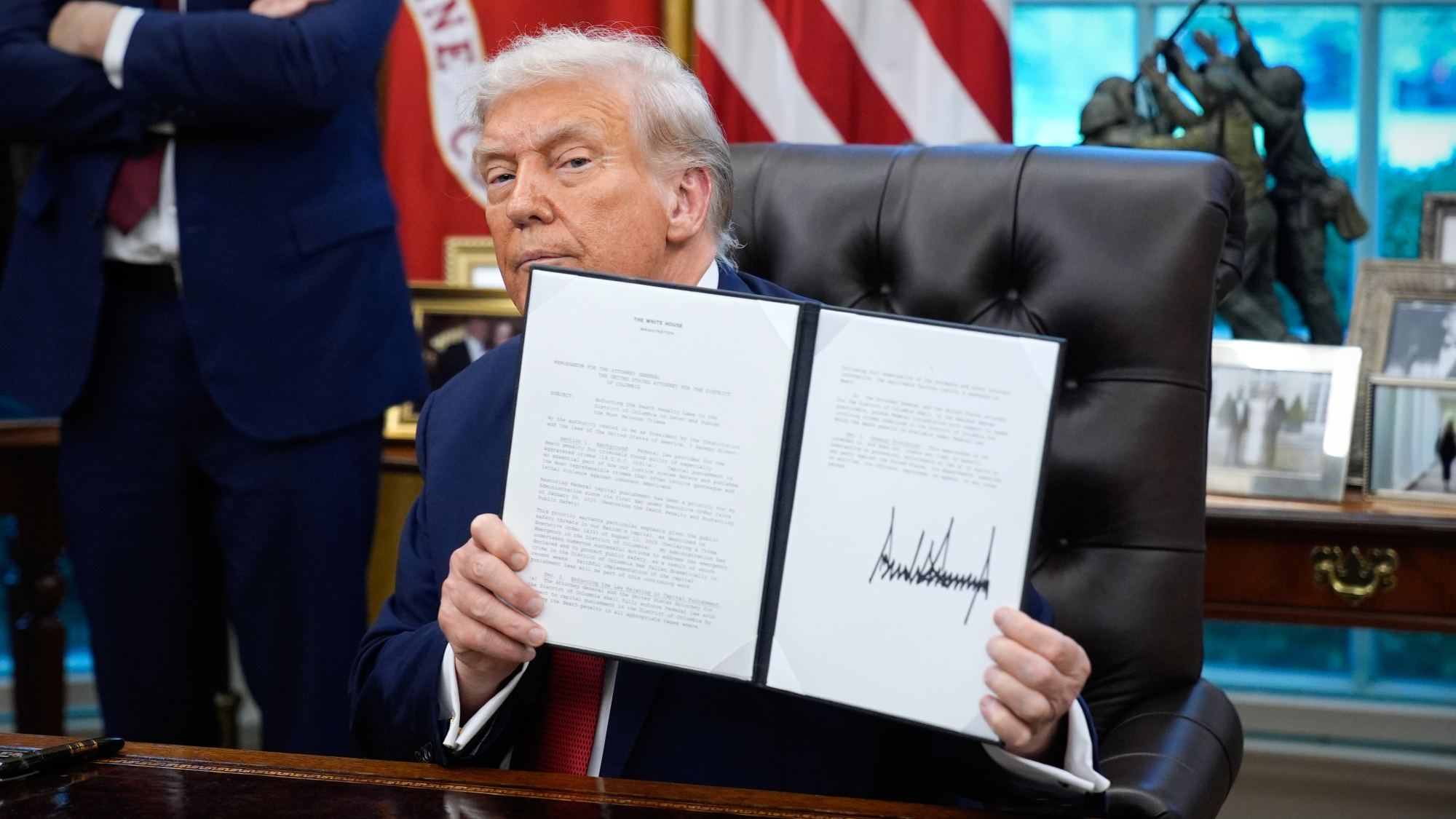 TikTok secures deal to remain in US
TikTok secures deal to remain in USSpeed Read ByteDance will form a US version of the popular video-sharing platform
-
 Unemployment rate ticks up amid fall job losses
Unemployment rate ticks up amid fall job lossesSpeed Read Data released by the Commerce Department indicates ‘one of the weakest American labor markets in years’
-
 US mints final penny after 232-year run
US mints final penny after 232-year runSpeed Read Production of the one-cent coin has ended
-
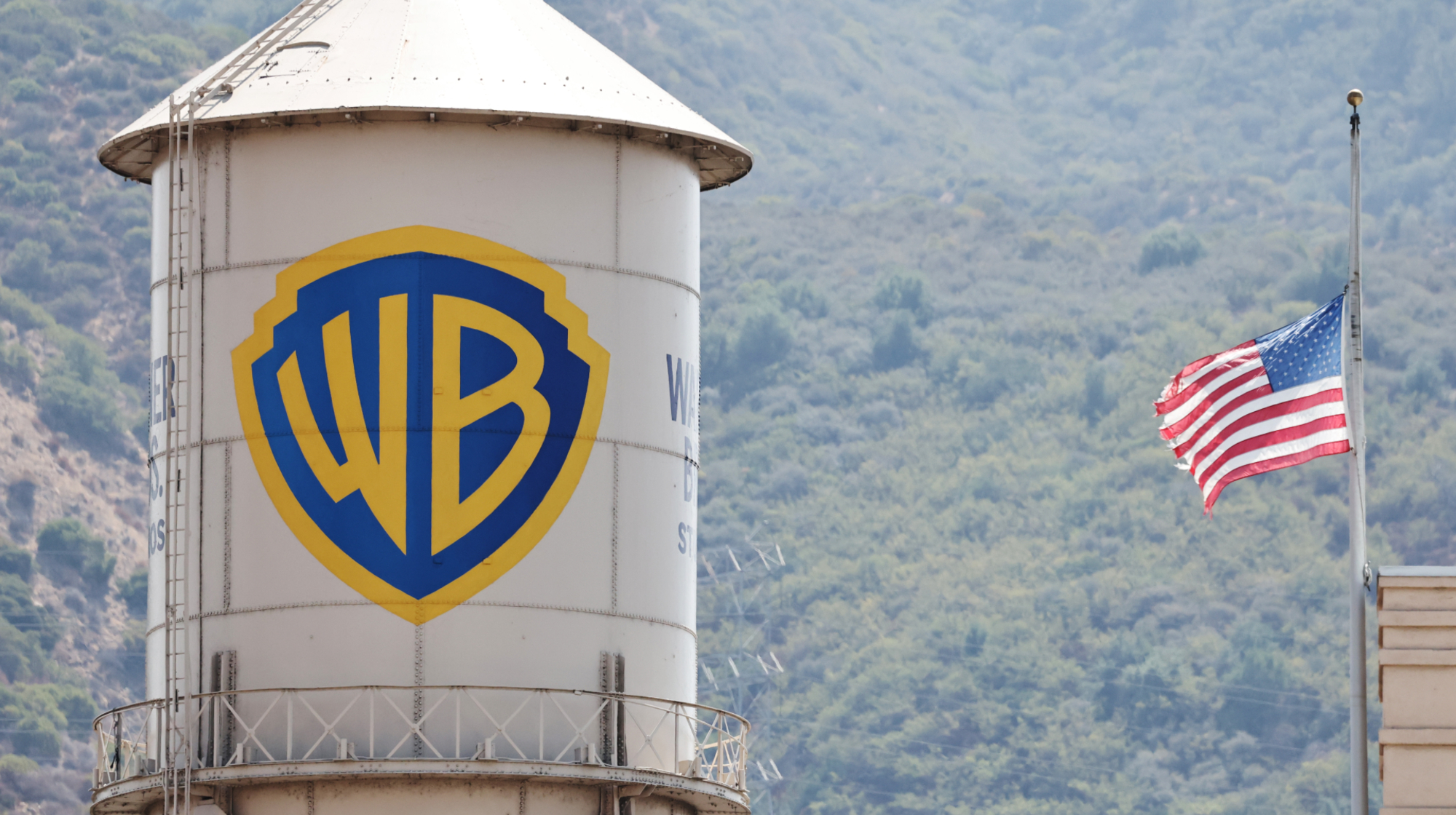 Warner Bros. explores sale amid Paramount bids
Warner Bros. explores sale amid Paramount bidsSpeed Read The media giant, home to HBO and DC Studios, has received interest from multiple buying parties
-
 Gold tops $4K per ounce, signaling financial unease
Gold tops $4K per ounce, signaling financial uneaseSpeed Read Investors are worried about President Donald Trump’s trade war
-
 Electronic Arts to go private in record $55B deal
Electronic Arts to go private in record $55B dealspeed read The video game giant is behind ‘The Sims’ and ‘Madden NFL’
-
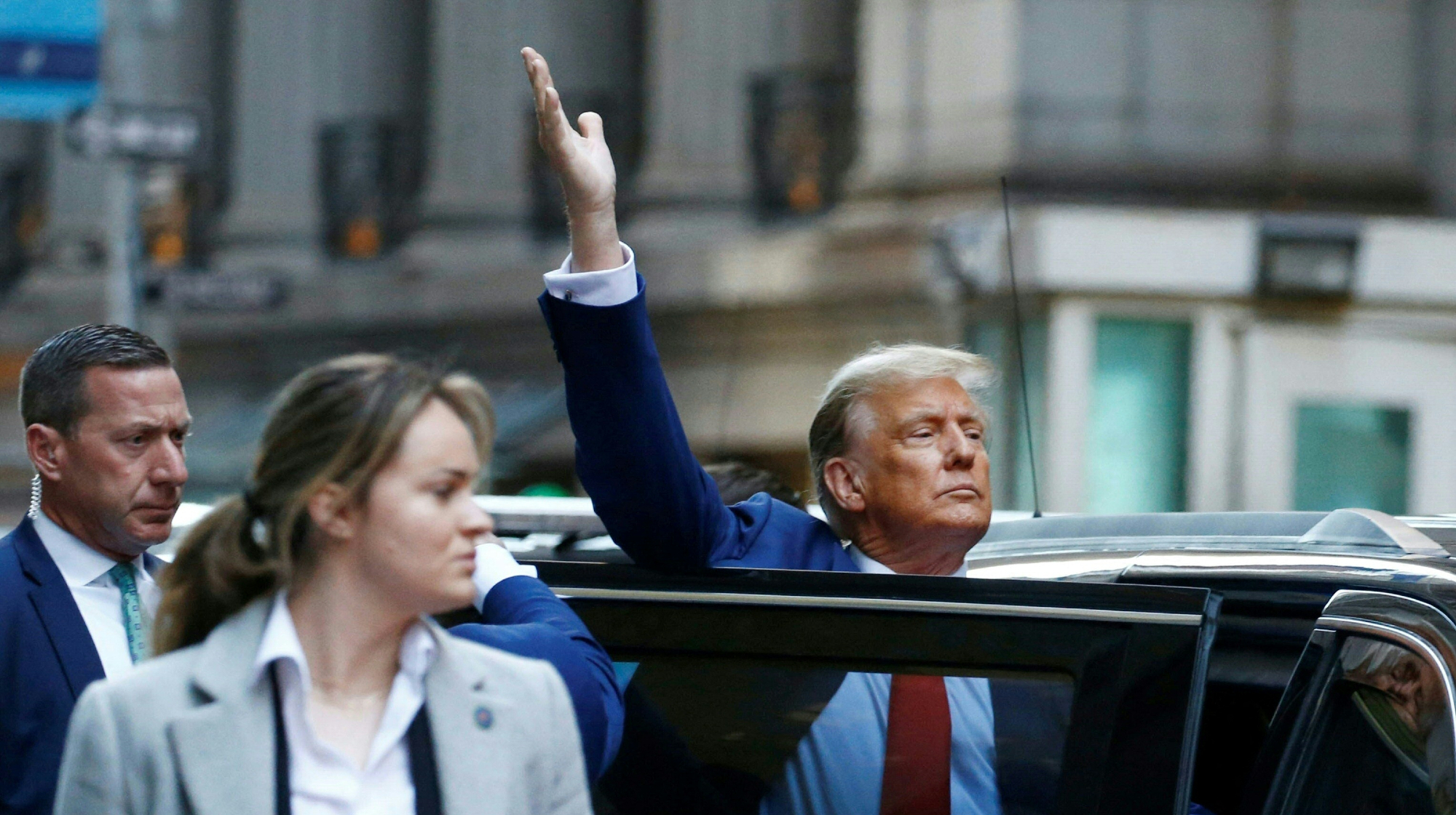 New York court tosses Trump's $500M fraud fine
New York court tosses Trump's $500M fraud fineSpeed Read A divided appeals court threw out a hefty penalty against President Trump for fraudulently inflating his wealth
-
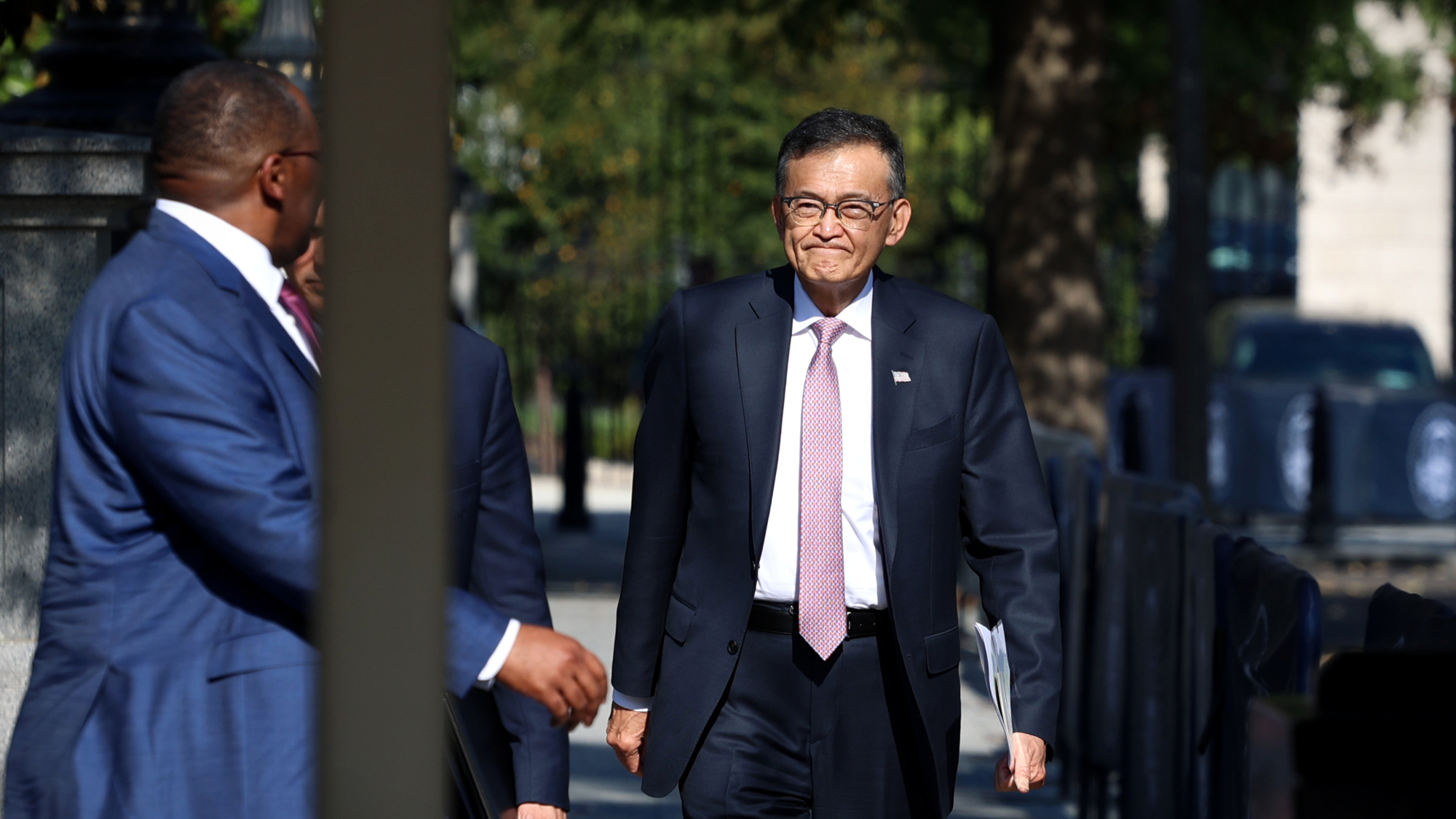 Trump said to seek government stake in Intel
Trump said to seek government stake in IntelSpeed Read The president and Intel CEO Lip-Bu Tan reportedly discussed the proposal at a recent meeting
